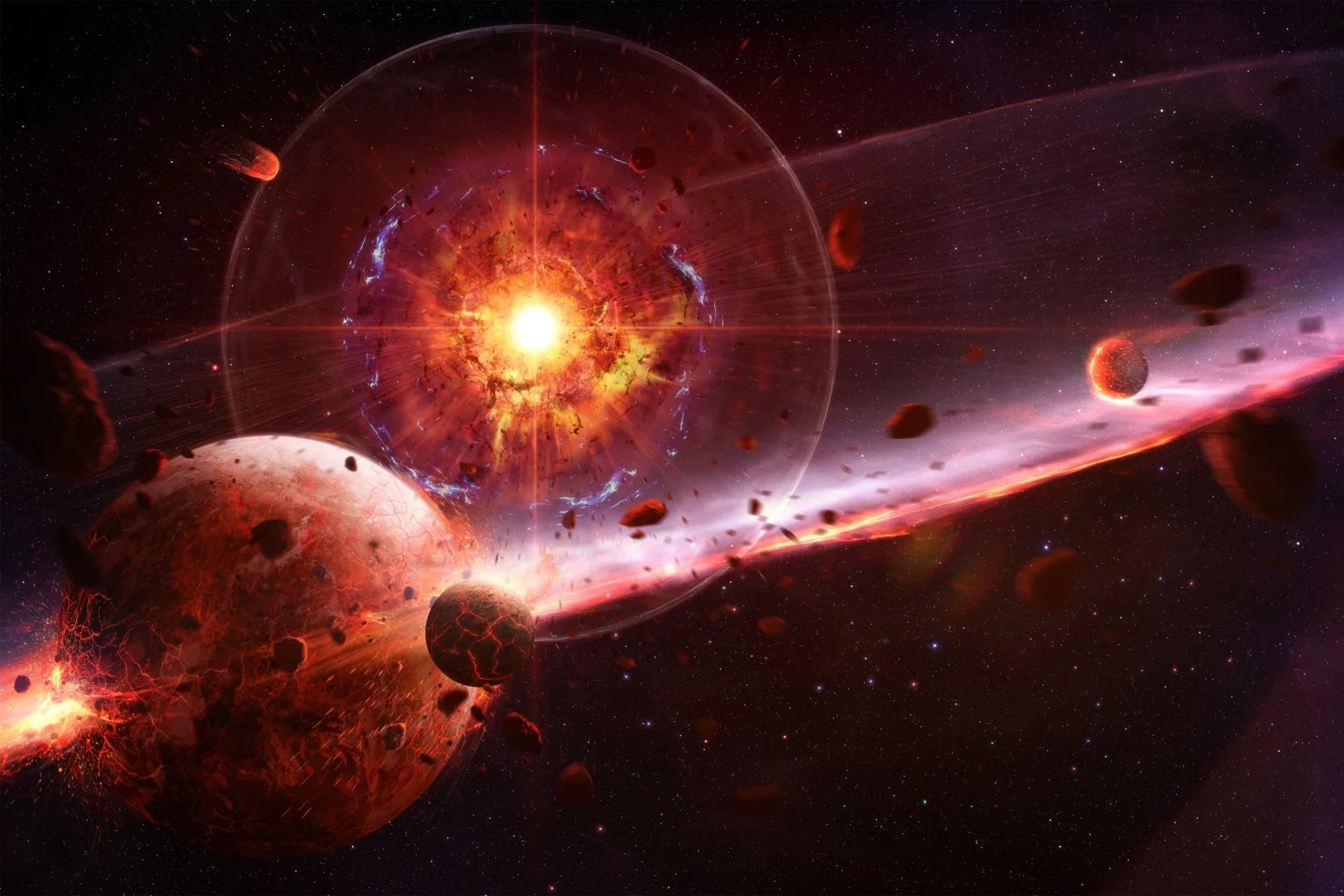Nova Explosions
For the first time, researchers have conducted a near-infrared analysis of an extragalactic recurrent nova, uncovering one of the hottest nova explosions ever recorded. This groundbreaking study focused on LMCN 1968-12a, a recurrent nova located in the Large Magellanic Cloud, a satellite galaxy of the Milky Way.
The findings, reported by Live Science, indicate that this nova is not only extraordinarily hot but also possesses distinct chemical characteristics that set it apart from those observed within our own galaxy.
LMCN 1968-12a marks a significant milestone in astronomical research, as it is the first recurrent nova beyond the Milky Way to be studied using near-infrared light. The study, published in the Monthly Notices of the Royal Astronomical Society, highlights the violent and extreme nature of this eruption.
The researchers noted that its chemical composition differs remarkably from similar events observed within our galaxy, making it a unique subject for further investigation.
Novae occur in binary star systems, where a white dwarf—the dense, collapsed core of a once-massive star—exists in a close orbit with another star. Over time, the white dwarf siphons material from its companion, accumulating a dense layer of hydrogen on its surface.
When this material reaches a critical temperature and pressure, it ignites in a thermonuclear explosion, resulting in a dramatic outburst of energy known as a nova.
Unlike a supernova, where a star is completely obliterated, a nova leaves both stars intact after the explosion subsides. The event produces a sudden brightening in the sky, creating the illusion of a “new” star, which can remain visible for weeks or even months before gradually fading.
The cycle can repeat multiple times if the white dwarf continues to accumulate material, classifying it as a recurrent nova.
The recent study of LMCN 1968-12a offers valuable insights into the physics of these extreme stellar eruptions, particularly in galaxies beyond our own.
Understanding such high-energy events not only enhances our knowledge of stellar evolution but also provides a deeper look into the dynamic interactions between stars in binary systems. With further research, astronomers hope to unravel more about the conditions that make these recurrent novae so explosively unique.


